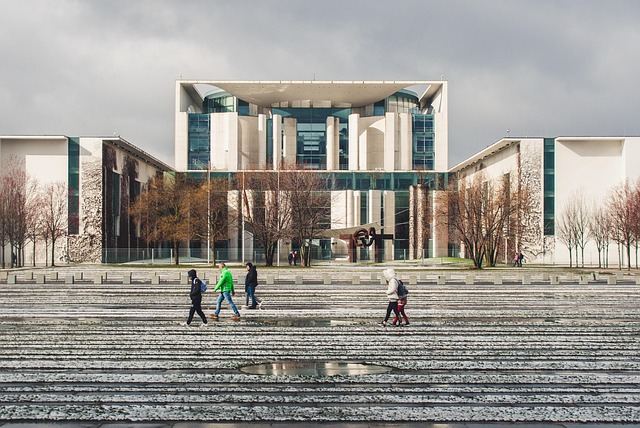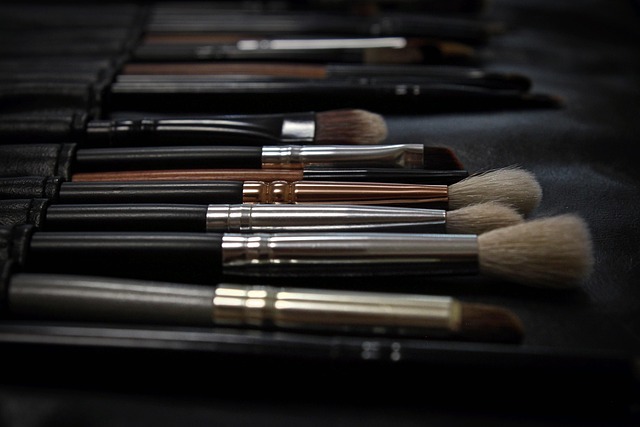Fashion is often seen as a form of self-expression and a canvas for creativity. Yet, beneath the glamour of the runway and the sparkle of designer labels lies a powerful influence that shapes what we wear every day: politics. The intersection of politics and fashion is a captivating relationship that has evolved throughout history, manifesting in both overt and subtle ways.
Consider the statement pieces that adorned the women’s suffrage movement. The white dresses worn by suffragettes were not merely a fashion choice; they were a symbol of purity and the fight for equality. By adopting such distinct styles, activists made their message clear, using fashion as a tool for political expression. Today, similar sentiments can be observed as celebrities and influencers harness their platforms to convey messages surrounding social justice and equality through their sartorial choices.
In recent years, we’ve seen fashion evolve in response to political climates. The rise of streetwear, for example, is intrinsically tied to grassroots movements and youth culture that challenge established norms. Hoodies and graphic tees adorned with slogans are not just trends; they are wearable statements that resonate with collective frustrations and aspirations. They give voice to the voiceless and foster a sense of community among supporters of various causes.
Moreover, political events often dictate trends. For instance, the color palette of a given year can shift dramatically based on the sociopolitical environment. Designers may draw inspiration from political figures, movements, or even protests, creating collections that reflect the mood of the moment. The recent embrace of sustainability in fashion, may also be attributed to a growing public consciousness about climate policies and environmental responsibility. People are making thoughtful decisions about what they wear, opting for brands that align with their values—a refreshing shift towards ethical consumption ignited by political awareness.
The impact of politics on fashion is not limited to activism and trends. It also reveals itself in the corridors of power. The attire donned by politicians during pivotal moments can have lasting impressions. Take, for instance, Michelle Obama’s choice of a sleeveless dress during the 2009 inauguration, which sparked conversations about body positivity and women’s rights. Each choice made by public figures sends ripples through society, challenging outdated notions of appropriateness in professional attire.
As we navigate a world that is increasingly polarized, fashion provides a unique lens through which to examine our values and beliefs. It is a medium of personal and political expression that resonates deeply with our identities. The garments we choose to wear tell stories, represent our affiliations, and speak volumes about our perspectives on current events.
In essence, the relationship between politics and fashion serves as a vibrant narrative of change, resistance, and expression. As we reflect on our style choices, let us remember the power that lies within our wardrobes. Whether through bold statements, subtle nods to movements, or thoughtful purchasing decisions, fashion remains an enduring reflection of the political landscapes we navigate.




